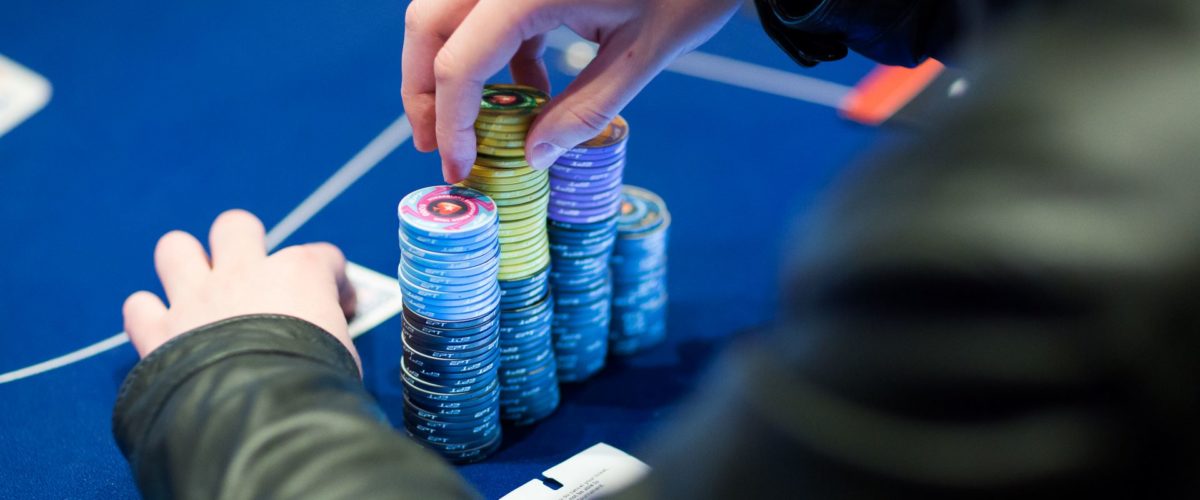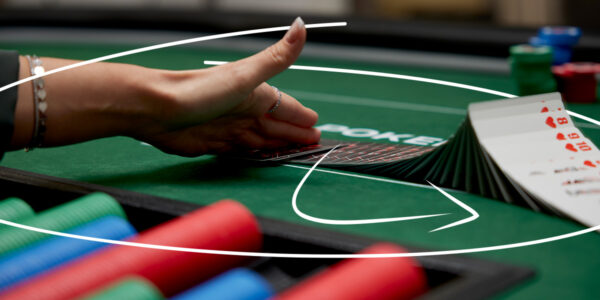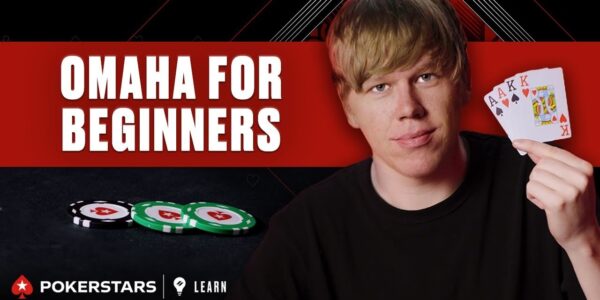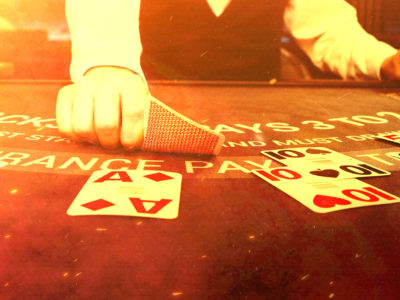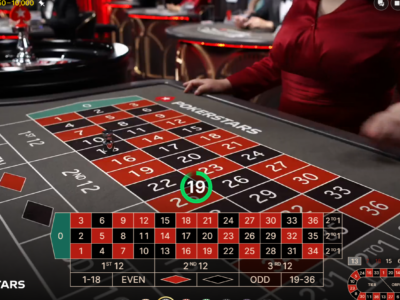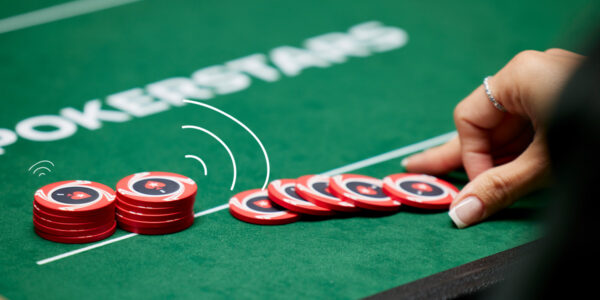Punishing Light C-Bettors
C-betting too much is an easy crime to commit. While on some boards, it is perfectly fine to bet just about anything as the pre-flop raiser, on others it is necessary to slow down and build a checking range. Even if the flop is suitable for betting all of your range, defending that wide c-betting range to a check/raise is another challenge altogether. Today we are going to look at just how easy it is to fold too often to check/raises in spots where people c-bet just about any hand. If our opponent is unskilled in the ways of meeting his so called ‘minimum defence frequency’ (MDF), then we can punish him by check/raising very aggressively. But first, what exactly is MDF?
MDF
An opponent’s MDF is the percentage of his range he must continue with to your bet or raise in order to stop you from profiting by raising complete trash. This value is calculated by working out what percentage of the time your bet or raise needs to work (risk and reward) for you to break even and then subtracting from 100%. Let’s take an example.
You defend your big blind in a cash game to the BU’s raise and the flop comes down J♦ 4♥ 2♣ . The BU c-bets one third of the pot – a common action in 2020, and one that players often take with all of their range. You have a trashy hand, like T9o, and raise three times his bet. You are risking three units here to pick up a pot that is four units. For you to break even, Villain would need to fold 3 / (3+4) = 43% of the time. This means that his MDF is 57%. He has to call comfortably more than half of the hands he has c-bet in order to stop you making money by raising the T9o.
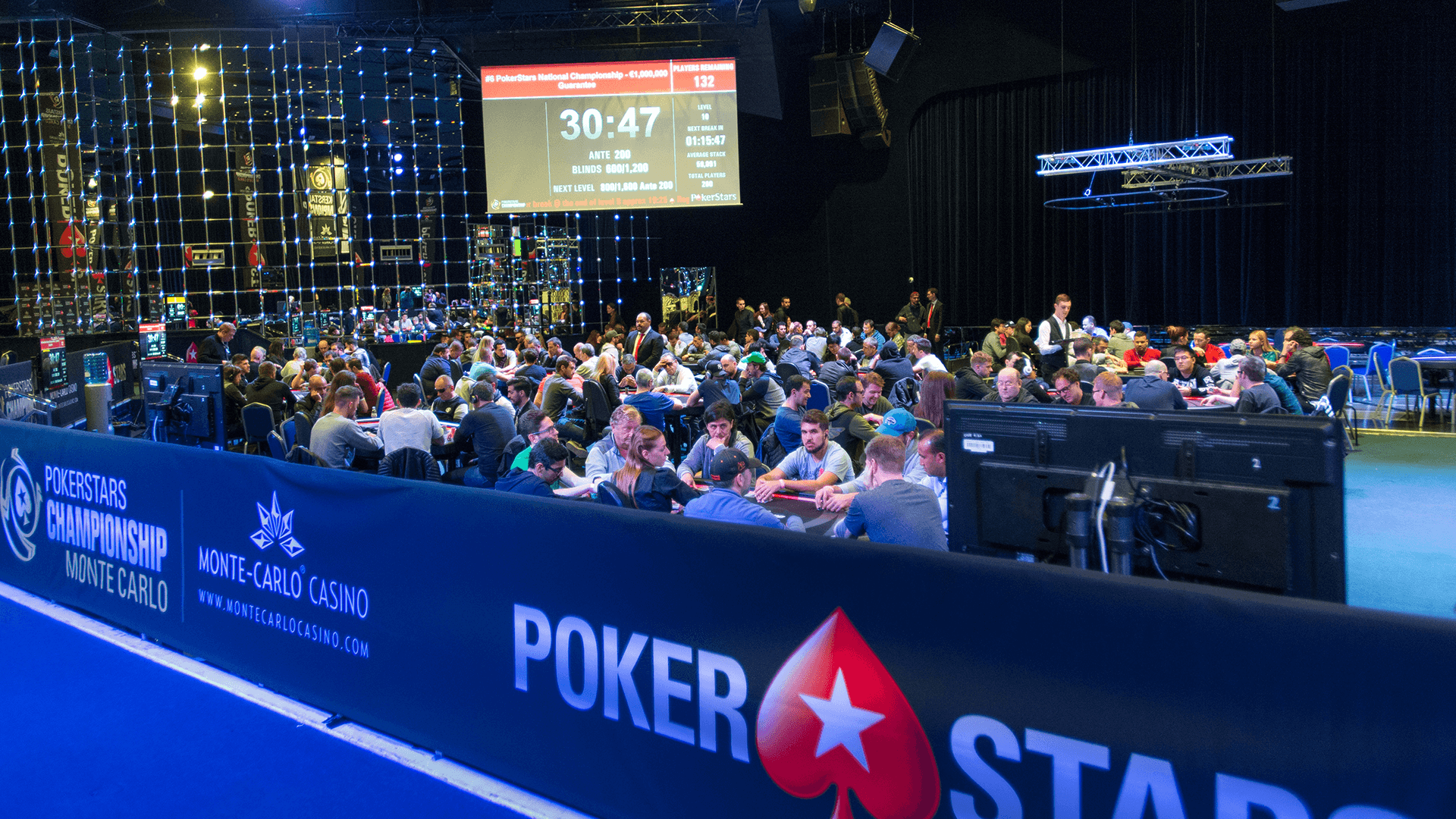
In fact, this value is not quite accurate as you could actually win by improving your hand. It is not impossible that, if Villain calls, you could pot by hitting a T or a 9 against his AQ or by backdooring a straight against his top pair.
How Wide Does He Need to Call?
It might surprise you to learn that in order to defend 57% of a typical BU opening range which always c-bets, not only does Villain have to call any pair on the board here, including Q2s, but he also needs to defend any decent Ace-high and a lot of broadway cards with one or two overcards and backdoor straight draw. BU’s range is just too wide here to only call paired hands and draws with immediate outs. In fact, a hand as bad as QTo should be defended more than half of the time, if Villain is to properly meet his defence frequency here. Even hands as weak as 8♥ 7♥ with multiple backdoors will need to defend here if Villain is to hit his target defence frequency.
How Wide Do People Call in Reality?
Much tighter than this. If you asked my average 25NL student what to do with 8♥ 7♥ here on the BU against a check/raise, he would most likely say it’s a standard fold. This is a natural perception to hold because the hand seems pathetic and check/raises are not used too frequently at these stakes. In fact, the recommended raising frequency for the big blind on this flop is 20%, but the average regular at these stakes probably raises less than 10% of the time and puts mainly strong hands and powerful draws in that raising range. In other words, the average regular in the BB usually misses the weaker check/raises like gutshots and backdoor draws which help form a balanced raising strategy. In this light, it is correct for the BU to fold many of these so called ‘mandatory defends’ like the QTo and 87s, against the player pool – but not in theory – and certainly not against you with your newfound knowledge of how to exploit wide c-bettors!
Does that Mean I can Check/Raise Anything as the BB?
Not quite. There are some showdown value hands in your which do make profitable check/raises but make even more profitable check/calls. On the J♦ 4♥ 2♣ board, hands like 99 and J9 do not gain very much by raising. They are only folding out worse hands and don’t need that much protection. A hand like A4, however, will make a fine raise here because when we make Villain fold too many combinations of overcards to our lowly pair, this is very useful indeed.
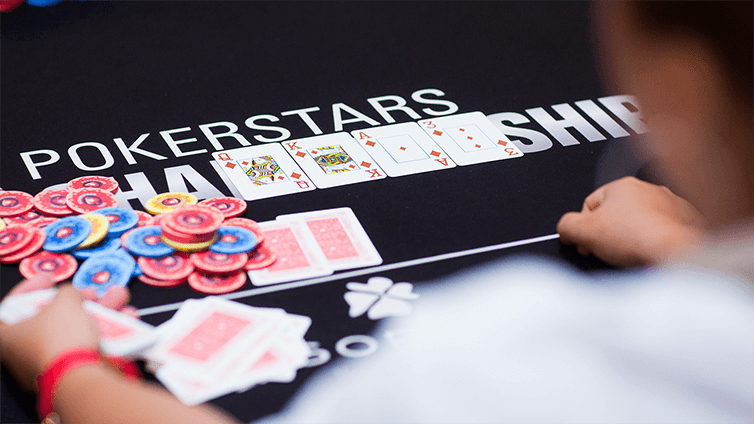
To summarise this point, we want to very frequently bluff-raise against light c-bettors who don’t defend their ranges, and we want to raise a lot with very low pairs that need a lot of protection, but we want to avoid raising hands with good showdown value unless they are strong enough to build a huge pot (sets and two pair for example).
What About the Long-Term?
How rampant you can get here with the check/raise bluffing depends on the format of the game and how many more times you are likely to face the same spot against the same opponent. In a ZOOM game, for example, you are hidden by the large player pool and can usually get much more out of line than you can in a regular 6-max cash game where the spot is likely to recur again and again vs. this very player. In formats where you and Villain will be battling each other many times, it is sensible to cut back on the bluffing just enough to make it less obvious that you are exploiting your opponent’s light c-betting and ensuing folding to the check/raise.
Final Advice
Not every regular you will come across fits into this mould, but at the micro and low stakes, many of them will. For this reason, the fastest route out of the micro-stakes is not ABC poker – this is a fallacy. If you truly want a big win-rate, then you have to take advantage of the many spots where people don’t protect their ranges vs. aggression; and check/raising these dry flops is a great place to start.
View Other Blogs




